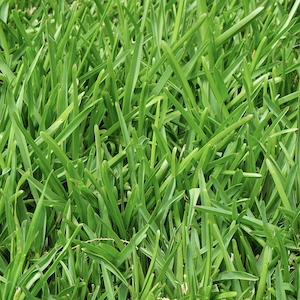Impacts of seeding rates of different Lolium species on winter overseeding of seashore paspalum in Mediterranean regions: turf quality and suitability for football pitches

HTML: 125
All claims expressed in this article are solely those of the authors and do not necessarily represent those of their affiliated organizations, or those of the publisher, the editors and the reviewers. Any product that may be evaluated in this article or claim that may be made by its manufacturer is not guaranteed or endorsed by the publisher.
Overseeding is an essential management practice for turf cultivation in winter. Warm-season turfgrasses must be overseeded with cool-season turfgrass in the fall to provide green colour and maintain suitable playing surfaces by preventing wear on the dormant warm-season turfgrass throughout the winter months. The cool-season turfgrass species selected for overseeding affect the success or failure of the process in different ways via interaction with environmental conditions. A 2-year research study was conducted at the experimental areas of the Field Crops Department, Agriculture Faculty, Ege University in Izmir/Turkey during 2016-2018. The objectives of the study were to evaluate the overseeding performances of seashore paspalum cv. Sea Spray with different ryegrass (Lolium) species (diploid perennial ryegrass cv. Sun, tetraploid perennial ryegrass cv. Tetragreen, annual ryegrass cv. Axcella, intermediate ryegrass cv. TransAm), and determine the most suitable seeding rates (50, 75, 100 g m-2) for the Mediterranean climate. In the study, the evaluation of turf performance traits such as colour, visual turf quality, cover, fall and spring transition was conducted in both years. Additionally, some football playing quality traits, including ball rebound, force reduction, and vertical deformation were measured during the research periods. According to the results, tetraploid perennial ryegrass cv. Tetragreen and diploid perennial ryegrass cv. Sun generally performed better than the others. Concerning the overseeding rate, 75 or 100 g m-2 applications are recommended as the most suitable for obtaining good turfgrass quality and football playability.
How to Cite

This work is licensed under a Creative Commons Attribution-NonCommercial 4.0 International License.
PAGEPress has chosen to apply the Creative Commons Attribution NonCommercial 4.0 International License (CC BY-NC 4.0) to all manuscripts to be published.

 https://doi.org/10.4081/ija.2023.2180
https://doi.org/10.4081/ija.2023.2180



